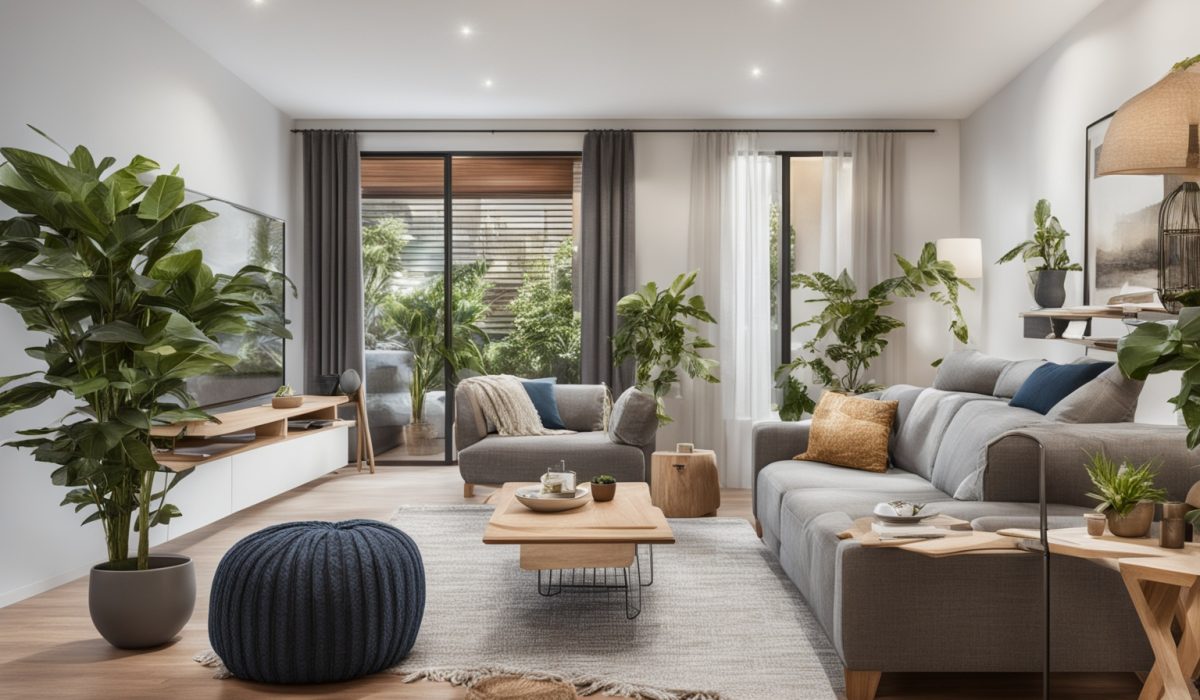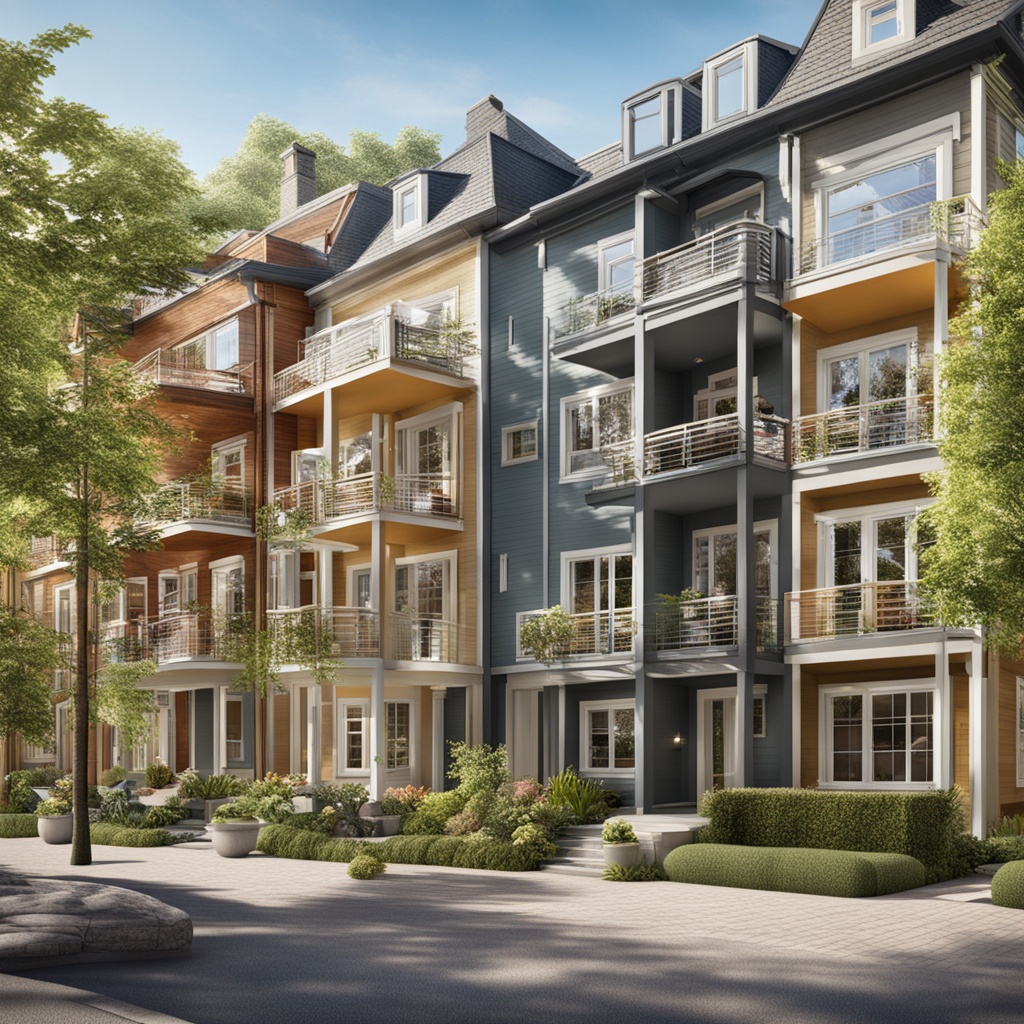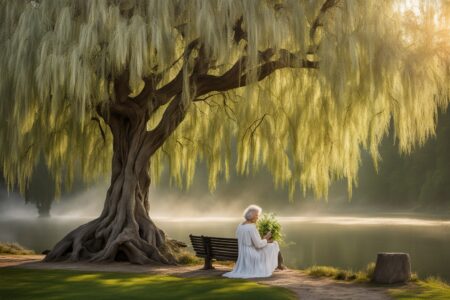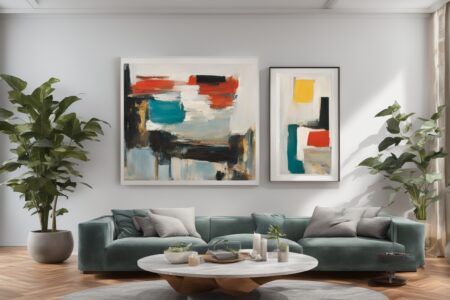Exploring Options for Retirement Units to Rent in Australia

As Australians approach retirement, the decision of where and how to live becomes increasingly important. Renting a retirement unit could be a viable option worth considering for its flexibility and reduced responsibilities. The variety of retirement units available across Australia means that you can find a location that best suits your lifestyle, whether that’s by the beach, in a bustling city, or a quiet suburban area. Each type of unit offers distinctive features, from advanced security systems to communal facilities catering to the health and social needs of retirees. However, before signing a lease, it’s crucial to understand the financial implications, covering everything from monthly rent to additional service charges. Navigating the application for a retirement unit involves understanding specific legal requirements unique to retirement living, ensuring all agreements comply with Australian laws. Opting to rent in retirement not only alleviates the burden of home maintenance but also provides opportunities to engage with a community of like-minded individuals, enhancing your social network. To truly make the most of this chapter in life, personalising your space to reflect your comfort and style can transform a retirement unit into a home, ensuring a serene and fulfilling retirement environment.
CONTENT
Understanding Retirement Units to Rent
Definition of Retirement Units
Retirement units are specialised residential options designed to cater to the needs of retirees. These units usually come as part of a larger retirement village or complex, offering a more manageable living space with key amenities and services tailored for older adults. Their main goal is to provide comfort, security, and community all in one place, making it easier for residents to enjoy their retirement years without the hassle of high-maintenance property upkeep.
Categories of Retirement Units
Retirement units vary greatly to suit different preferences and budgets. From independent living units, offering minimal assistance, to serviced apartments that include meal preparation and medical support, there is a spectrum of options available. Understanding these categories helps potential renters make an informed decision that aligns with their desired lifestyle and the level of support they require.
Benefits of Renting Over Owning
Renting a retirement unit often comes with fewer responsibilities than owning a home. It eliminates the need for dealing with property maintenance or unexpected repairs, as these are usually handled by the facility’s management. Moreover, renting provides flexibility to relocate should one’s health needs change or if they simply wish to move closer to family or friends, hence adapting more easily to the dynamics of retirement living.
Choosing the Right Location for Your Retirement Unit
Selecting the ideal location for your retirement unit involves several factors that go beyond mere aesthetic appeal. Proximity to essential services such as healthcare facilities, shopping centres, and public transportation should be prioritised. It’s also worthwhile to consider the vicinity to social amenities like parks, libraries, and cultural centres which can enrich your lifestyle and provide easy access to leisure activities. The general safety of the area and its accessibility, especially for those with mobility issues, are also crucial considerations.
The climate and environment of the prospective location can significantly impact your quality of life during retirement. Some individuals prefer warm, sunny climates which are beneficial for health problems such as arthritis, while others might seek cooler areas. Additionally, the environmental noise level, air quality, and the general pace of the community should align with your personal comfort and health needs. The choice between a tranquil country setting and a vibrant urban area largely depends on personal preferences and lifestyle.
Lastly, the community environment within the retirement complex itself is of great importance. It’s beneficial to choose a location where there is an active, welcoming community with shared interests. Many retirement villages organise regular activities and social events, which are great for staying engaged and connected. Before making a final decision, it might be helpful to visit the location multiple times at different times of the day and, if possible, interact with current residents to get a genuine feel of the community dynamics and if it suits your social requirements.
Types of Retirement Units Available in Australia
Independent Living Units
Independent living units are designed for retirees who wish to live autonomously while enjoying the benefits of a community setting. These units typically offer the privacy of a standalone home or apartment but come with added perks such as community centres, emergency call buttons, and maintenance services. Residents can manage their daily activities without the intervention of onsite medical or personal care staff, making it an ideal choice for those who are still active and healthy.
Assisted Living Facilities
Assisted living facilities provide a higher level of support for retirees who require assistance with daily activities such as bathing, dressing, medication management, and meal preparation. These units often include additional safety features and staff available 24/7 to help with the personal care needs of residents. Assisted living is suitable for those who value their independence but need some help with day-to-day tasks, ensuring they have access to immediate assistance whenever necessary.
Specialised Nursing Facilities
For retirees with significant health challenges or advanced medical needs, specialised nursing facilities offer extensive healthcare and personal support within a residential setting. These facilities are staffed with trained medical professionals including nurses and therapists who provide comprehensive care and supervision. Specialised nursing facilities also often offer rehabilitation services and are equipped to deal with more complex health conditions that require regular medical attention.
Key Features to Look for in Retirement Units
When evaluating retirement units, accessibility should be one of the foremost features to consider. Opt for units that are designed with accessibility in mind, including no-step entries, wider doorways suitable for wheelchairs, and accessible bathroom facilities. These features ensure that the unit remains a comfortable and practical living space even as mobility might decrease over time. Additionally, emergency call systems are crucial for safety and should be easily accessible from different parts of the unit including the bedroom and bathroom.
Community amenities are also significant when choosing a retirement unit. Look for properties that offer communal spaces such as gardens, lounges, pools, or gyms which not only enhance daily living but also foster a sense of community and social interaction. Many retirement villages also offer structured activities and clubs, so consider what might align with your interests and social lifestyle. Facilities that provide on-site access to healthcare services, like visiting doctors or therapeutic care, add a layer of convenience and reassurance.
Finally, consider the unit’s overall maintenance and security features. Retirement units should offer high standards of maintenance to ensure that all facilities and living spaces are in excellent condition and secure. Security features such as gated access, 24-hour security patrols, and surveillance systems can provide peace of mind for residents and their families. These features safeguard residents and contribute to creating a tranquil, secure environment conducive to enjoyment and relaxation in retirement.

Cost Considerations of Renting in Retirement
Rental Fees and Inclusions
Understanding the breakdown of rental costs is crucial when considering a retirement unit. Generally, the monthly rent covers the apartment itself and may include utilities like water and council rates. However, it’s essential to confirm what is included since additional costs such as electricity, gas, and other services might be separate. Some retirement communities also offer packages that include meals, housekeeping, and laundry services for an extra fee, which could impact the overall budgeting.
Entry and Exit Costs
Potential residents should be aware of any entrance fees and exit costs associated with moving into a retirement unit. Some retirement villages require a substantial upfront payment, which may be partly refundable upon leaving the facility, depending on the terms of the contract. Understanding these financial implications is necessary to ensure they align with your long-term financial planning, especially since these fees can significantly affect the cost-effectiveness of renting in retirement.
Access to Government Assistance
For those concerned about the financial aspects of renting in retirement, exploring eligibility for government assistance can provide some relief. Various programs are available that help cover rent, medical care, and other living costs. Australian seniors may qualify for rental assistance through the Department of Social Services, which can help make retirement living more affordable. Consulting with a financial advisor specialised in elderly care can offer insights and assistance in navigating these options.
The Application Process Explained
Navigating the application process for a retirement unit can initially seem daunting, but understanding the steps involved can make it more manageable. Initially, it’s essential to make inquiries with various retirement communities of interest to gather detailed information about availability, costs, the application procedure, and any waiting lists. As part of the preliminary steps, most retirement facilities require interested applicants to complete an application form that outlines personal details, medical history, and financial background to assess if the prospective resident will fit well within the community and what level of care they might require.
Following the submission of an application, most retirement communities conduct interviews with potential residents. This stage is not only for the facility’s assessment but also for applicants to ask questions and clarify any concerns they might have. During the interview, it’s advisable to discuss what specific services are offered, the community culture, and any concerns regarding the terms of the rental agreement. This is also an opportune time to take a tour of the facility, inspect the unit, and possibly meet some future neighbours.
Once the application and interview stages are satisfactorily completed, the next steps typically involve signing a rental agreement or lease. This legal document outlines the terms and conditions of your tenancy, including rental fees, duration of the lease, rights and responsibilities of the tenant and the facility, and any other regulations specific to the retirement community. It is crucial to thoroughly review this agreement, possibly with the assistance of a legal professional, to ensure full understanding and agreement before committing to moving into the retirement unit. This careful review helps to prevent potential misunderstandings and ensures a smoother transition into your new home.
Legal Aspects of Renting in Retirement
Understanding the Rental Agreement
The rental agreement is a binding legal document between the tenant and the retirement facility, detailing the rights and responsibilities of both parties. It’s crucial to understand the specifics of the agreement, such as duration, fee structures, increase in rent, termination clauses, and policies on visitors and pets. Tenants must ensure they fully comprehend the terms to avoid any legal implications in the future. Seeking clarification from the facility management or consulting with a legal advisor can provide further insights before signing.
Resident Rights and Protections
Renters in retirement units are entitled to certain protections under Australian law, similar to tenants in any residential setting. This includes the right to privacy, security, and quiet enjoyment of the property. Additionally, retirement units must comply with health and safety regulations to ensure a secure living environment. Being aware of these rights can empower residents to advocate for themselves and seek redress when necessary, ensuring that their living conditions remain safe and comfortable.
Dispute Resolution Procedures
Understanding the facility’s procedures for handling disputes is crucial should any conflicts or concerns arise. Most retirement communities have internal processes for dispute resolution, and residents should be familiar with these procedures. If disputes cannot be resolved internally, tenants might need to seek external mediation or legal advice. Familiarising oneself with these avenues early on can make navigating conflicts less stressful, knowing there are clear steps to follow to achieve a resolution.
Benefits of Renting a Unit in Retirement
Renting a unit in retirement offers the significant advantage of flexibility, which is crucial during the later stages of life when circumstances and needs can change unpredictably. Unlike homeownership, renting does not require a long-term commitment, which means retirees can adapt more easily to changes in health, financial situations, or even preferences regarding living arrangements. This adaptability is especially beneficial for those who may later decide to move closer to family members or to another community that better suits their evolving needs.
Another benefit of renting in retirement is the reduction in personal responsibility for property maintenance and upkeep. In a rental arrangement within a retirement community, the management takes care of all maintenance issues, including landscaping, repairs, and even some aspects of housekeeping in some cases. This alleviation of chores frees up time and energy for retirees, allowing them to focus more on enjoying their hobbies, engaging in social activities within the community, and maintaining an active lifestyle without the burden of home maintenance.
Finally, renting in a retirement community usually provides access to a range of amenities and services that can enhance the quality of life for seniors. These facilities often include fitness centres, swimming pools, dining services, and various social clubs and activities. Additionally, some communities offer transportation services, which are a crucial asset for those who might no longer be comfortable driving. All these features contribute to an enriching, engaged, and cared-for living experience, making retirement not just a time of life to manage but to actively enjoy.
Community and Social Life in Retirement Complexes
Social Activities and Clubs
Retirement complexes often thrive on a vibrant schedule of social activities and clubs, designed to cater to a wide range of interests and capabilities. From art classes and book clubs to gardening societies and fitness groups, these activities not only help keep residents engaged and active but also allow them to explore new hobbies or continue pursuing long-held passions. Participating in these communal activities provides significant emotional benefits and helps forge strong connections with fellow residents, enhancing the sense of community and belonging.
Communal Facilities
The presence of well-maintained communal facilities plays a central role in fostering social interaction within a retirement complex. Facilities such as libraries, swimming pools, craft rooms, and cinemas offer residents common areas to meet and engage with each other in a relaxed and accessible setting. These shared spaces are not just amenities; they are essential meeting points where residents can gather, celebrate events, or simply spend time together, thereby heightening the overall communal atmosphere in the complex.
Organised Events and Gatherings
Regularly organised events and gatherings are pivotal in keeping the community spirit alive in retirement complexes. Events such as holiday parties, themed dinners, dance evenings, and group outings are scheduled throughout the year to offer diverse social experiences. These gatherings are especially important as they provide opportunities for residents to interact with the wider community, including families and friends, ensuring that social circles extend beyond the retirement complex and continue to evolve as an integral part of a fulfilling retirement lifestyle.
How to Make a Retirement Unit Feel Like Home
Making a retirement unit feel like home involves infusing personal touches into the living space to ensure comfort and familiarity, a crucial aspect that transforms a standard space into a personal sanctuary. Begin by decorating the unit with favourite items such as family photos, cherished books, or treasured keepsakes that evoke happy memories and personal history. Choosing furnishings that reflect one’s style and comforts, such as a favourite armchair or a specially chosen bedspread, can also make the space feel more personal and welcoming.
Apart from the visual aesthetics, creating a sensory environment can significantly enhance the homeliness of a retirement unit. Incorporate soft textures in throws and cushions for added comfort, and consider the use of soothing colours that promote relaxation and happiness. Scented candles or diffusers with favourite fragrances can evoke a sense of calm and belonging. For those who enjoy a green environment, incorporating houseplants can improve air quality and provide a nurturing activity, as well as a splash of vibrant life.
Lastly, establishing a routine in the new home enhances the feeling of stability and homeliness. Whether it’s enjoying morning tea on the balcony, arranging regular visits from family and friends, or participating in community events, creating a schedule that incorporates enjoyable and comforting activities helps in settling into a new home. Over time, these routines will foster a deep sense of belonging and make the retirement unit not just a place to live, but a true home filled with joy and peace.






